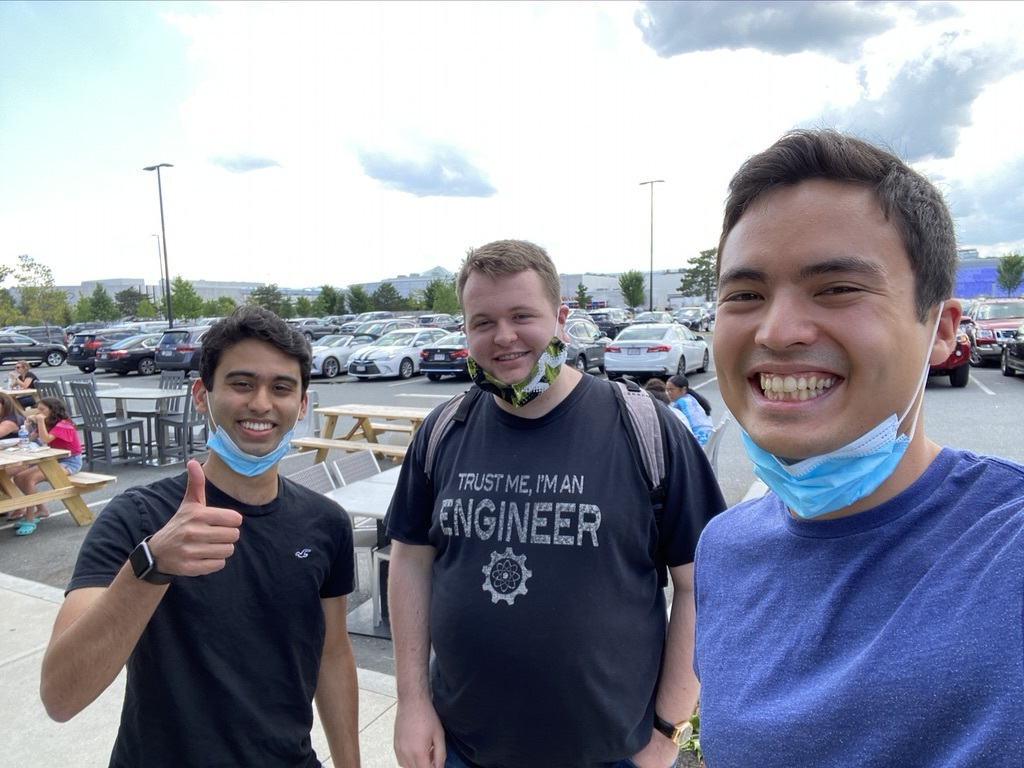I distinctly remember the first day of my internship at Instabase this summer — May 26th. It was a Tuesday, which is the day of Company Weekly, Instabase’s weekly all-hands meeting. And that particular Company Weekly, our CEO, Anant, happened to be going over his long-term vision and strategy for the company. “If we succeed”, I remember him saying, “we will define the next several decades of computing”. He went on to detail what he thought we needed to do in the short-, medium-, and long-term to achieve this goal — in other words, these weren’t just lofty words, but a strategic plan with milestones and benchmarks.
All companies, and all startups in particular, are not created equal. When almost every startup talks about “changing the world” or “disrupting an industry”, it’s important to distinguish between those that genuinely are, and those that are solving more niche problems. Most startups in reality fall in the latter bucket, often angling for an acquisition a few years out — and while there is nothing wrong with that, I personally find companies in the former bucket more compelling. Instabase is refreshingly rare in that it is working on problems so large, so technically challenging, and so unsolved that there is really the potential to build something extraordinary. The level of ambition is huge.
But what exactly are some of these problems Instabase works on? More generally, what does Instabase actually do? Given how little information is publicly online, this is something I would have loved to know more about before I joined. Broadly, we solve our customers’ hardest document understanding problems at scale — problems that other companies haven’t been able to solve for years. Initially, this meant a focus on structured documents like paystubs, driver’s licenses, and passports, but we have increasingly shifted to more unstructured, long-tail documents. For our customers, this frees up huge amounts of human time that were previously spent on rote tasks like extracting and processing information from documents. For our engineers, this means working on all sorts of knotty problems in NLP, computer vision, distributed systems, and more. The longer-term goal, creating an “operating system for operational productivity”, is huge in scope — but I have no doubt the Instabase team will get there.
My first week was a blur of Zoom calls with the other interns, in which we learned about all aspects of Instabase — our technology stack, our customers’ wins and sales pitch, our finances, and our long-term vision. Having worked only at large companies before, this level of transparency was new to me.
That week, I began working with my mentor, Erick, on scoping my first project — a new and improved “Redactor” to build into Instabase’s document processing platform. Although my title was “software engineering intern”, I wasn’t handed an “intern project”, ready to code and implement. My project was more “design your own adventure”. The first few weeks were spent in a series of calls with engineering leads, product managers, solution architects, and technical account managers at Instabase, learning about customer use cases and figuring out what the new Redactor should look like. I learned from one of our product managers, Mimi, about how to run user interviews, and I worked on developing a spec for the product. It was a mini product-management internship embedded into my software engineering internship — just one example of how engineers at Instabase wear many different hats!
Spec in hand, implementing the new Redactor took a few more weeks, after which I began to work on projects that my team was working on and that I thought I could help with. I added a new API to our core Refiner product, and then began to work with Erick on a project he was working on: a new, automated table extraction algorithm that could be added on top of our platform.
Instabase is growing fast, which means that things are always changing — and while this is scary and can cause problems sometimes, it also means that even the newest of hires are expected to learn about the business, point out problems, and make improvements. In just the last two weeks, I’ve discussed with our head of RevOps how we think about data-driven GTM strategy, with our Applications Engineering team how we can use new Redactor functionality to speed up the customer PoV process, with members of our engineering and strategy teams how we can improve our recruiting processes, and with numerous other folks how we build the right company culture. Even this blog post is my own small step towards (hopefully) helping Instabase recruit the best college students — you can see our open roles here!

Despite my internship being remote, I was lucky to be able to meet a few Instabasers in Massachusetts in person. This is me, Aaron (another Document Insights engineer), and Erick after lunch — masks off for the photo only!
As a college student, there is a lot of pressure, both financial and social, to take some sort of a steady, “prestigious” job at a brand-name company — and many students take such jobs. What this means is that the people who choose to join early-stage companies instead are a self-selecting group — often more risk-seeking and entrepreneurial. The single most valuable part of my experience at Instabase was not technical — it was learning from these people who have chosen to try to build a company from the ground up. Given the amount of time you spend at work, what you choose in a company represents what kinds of people you want to be around. The people who you work with are what distinguishes between a job where you “tap dance to work” every day (to quote Warren Buffett), and one where you don’t. So I’ll conclude this post by thanking the people at Instabase who made my experience what it was this summer, despite all the changes and challenges in the world around us. In particular, I’d like to thank my mentor Erick for his guidance, advice, and for all the great conversations, but also the other members of the Document Insights team and the other Instabasers for an incredible learning experience.


